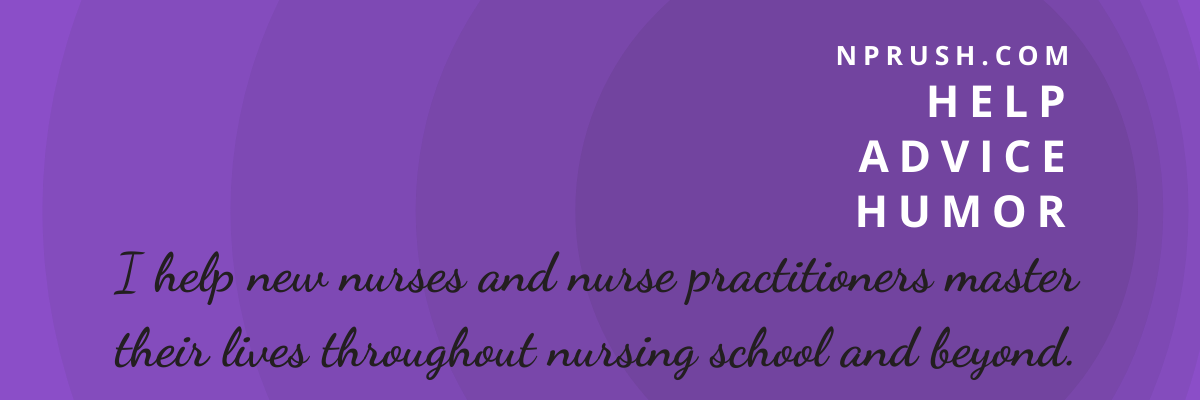How often have you said, “I don’t even have time to breathe?”
Work is hectic. Shifts are crazy. Patients are stressed, worried about unfamiliar tests and procedures. We have a tendency to rush through our duties forgetting about the stress our patients are experiencing.
What do you do when your patient is stressing? When you’re poised with a needle over their body? When you’re at the bedside removing a dressing or changing the catheter? When they just received a new diagnosis?
You could talk your way through these normal-to-you encounters, but sometimes words don’t cut it because these aren’t normal things happening to our patients.
This is their body being stabbed with a needle. It’s their private parts we are shoving tubes into. They don’t want to hear that “it won’t hurt much” or that you’ve “done this a million times.” They don’t care.
Here’s a veteran trick to bridge the gap between the nursing procedures we must perform and the stress of being on the receiving end of those procedures: breathe.
One of my favorite lines for my patients is “Breathe with me.”
Here are three benefits of breathing with your patients:
1. Shifting Attention
A deep breath shifts their attention just enough (not fully of course) to get them through the stressful start of whatever the procedure may be. Just before I plunge a needle into an arm or slide a catheter out of a urethra, I say breathe with me. This simple mental yawn allows me to talk them through the experience as we synchronize our breathing.
Breathe with me. Deep breath in . . . all the way. Feel it down to your diaphragm. Deep breath out, slow and easy.

2. Depositing Calm
A deep breath is like an ally, guiding the moment back to a place where there is normalcy. Breathing is familiar territory to everyone, a place of comfort and calm.
When patients are overwhelmed with a new diagnosis and I know I have to provide the minimum amount of education right now before I can safely send them home to process things, I always start with a deep breath.
It calms the mind and centers their thoughts just enough for them to hear what I need to share right now. And I always encourage them to use this technique at home while they’re researching and processing a new diagnosis.
Breathe with me. Deep breath in . . . feel the comfort of your breath. Hold . . . now release, slow and easy.
3. Staying in the Moment
This may sound counter to shifting attention, but it’s not. A mental shift toward our breath allows the mind to relax and open to the present moment. It helps patients anchor themselves to the present, giving their minds someplace solid to go during their unpleasant experience.
Breathe with me. In through your nose . . . out through your mouth, slow and easy. Let’s do it again.
_______________________
Breathing with your patients isn’t the answer to every stressful encounter that medical or nursing procedures bring. But it is a solid place to start. The need for awareness and calm are necessary components of nursing procedures. If not for the patient, then for the nurse performing the procedure.
Remember, a deep breath is always there for you and your patients, right under your nose.
And, yes, it can be done with a mask on. I’ve done it.
Cheers!






